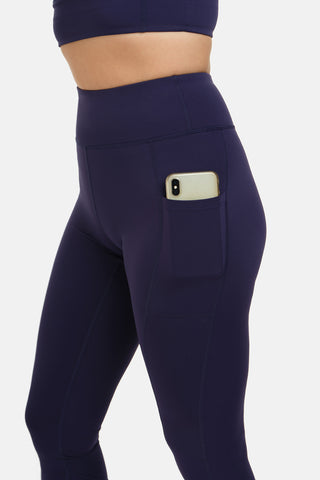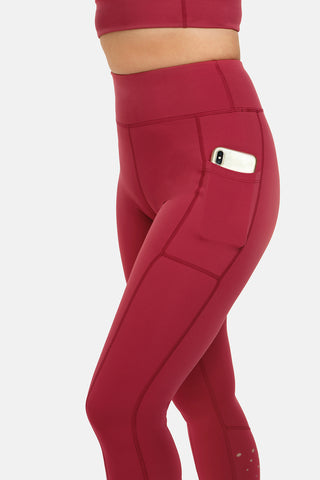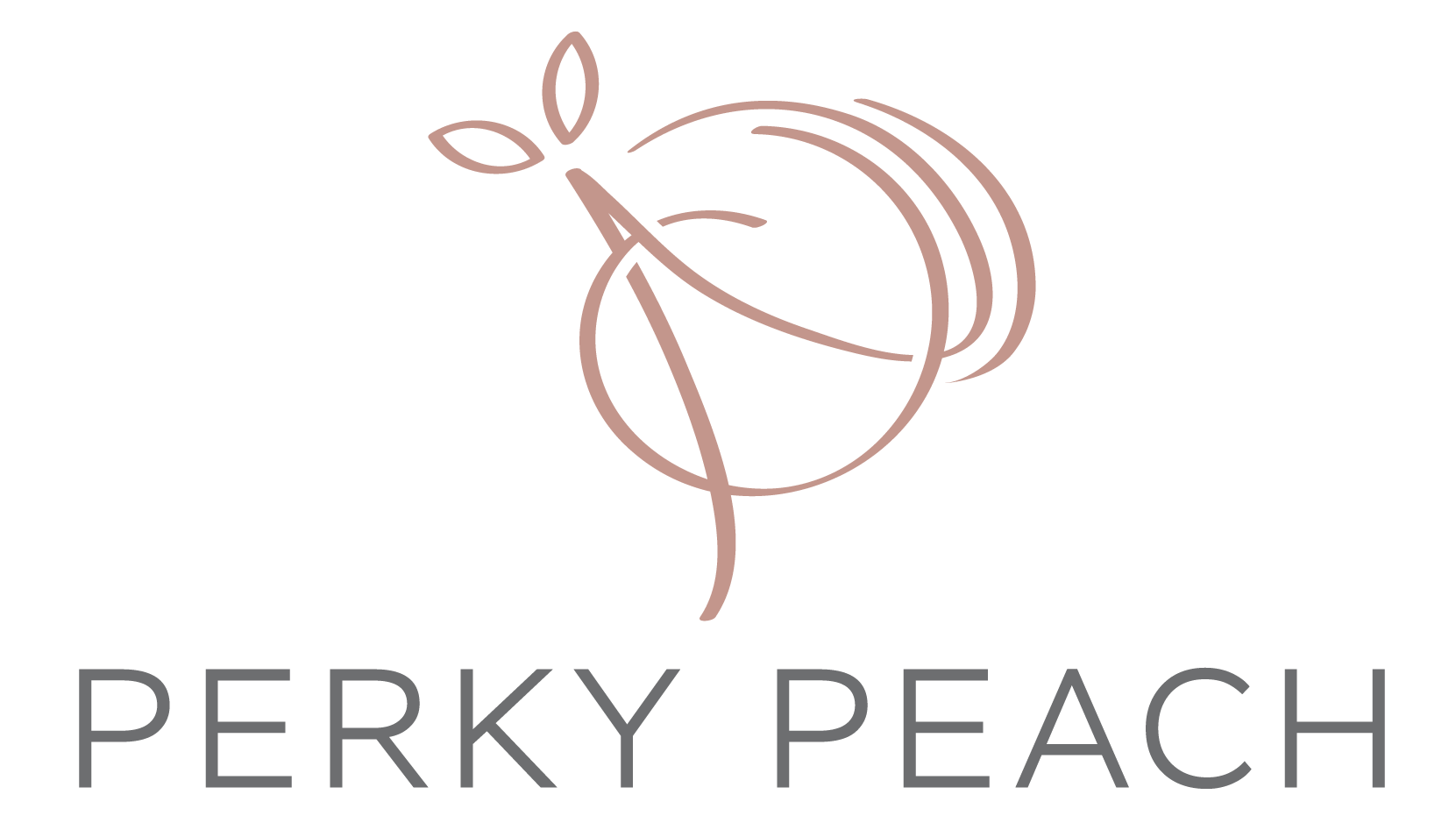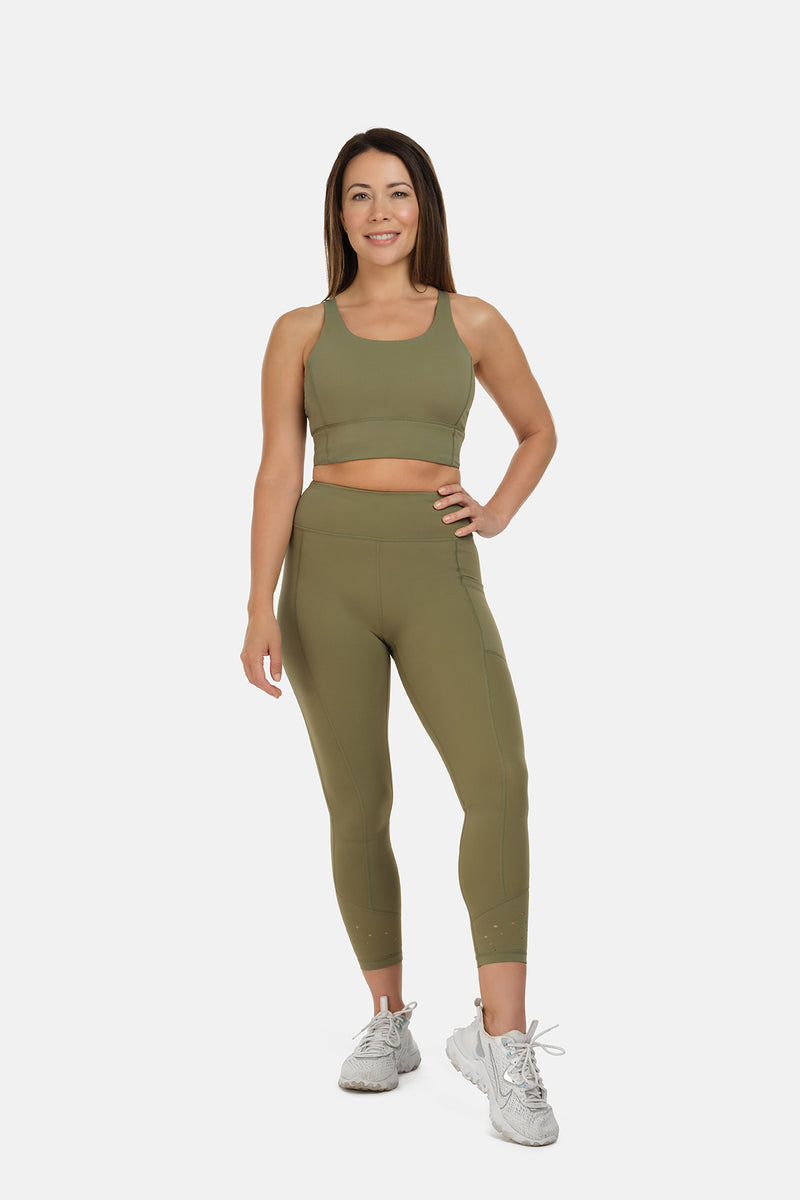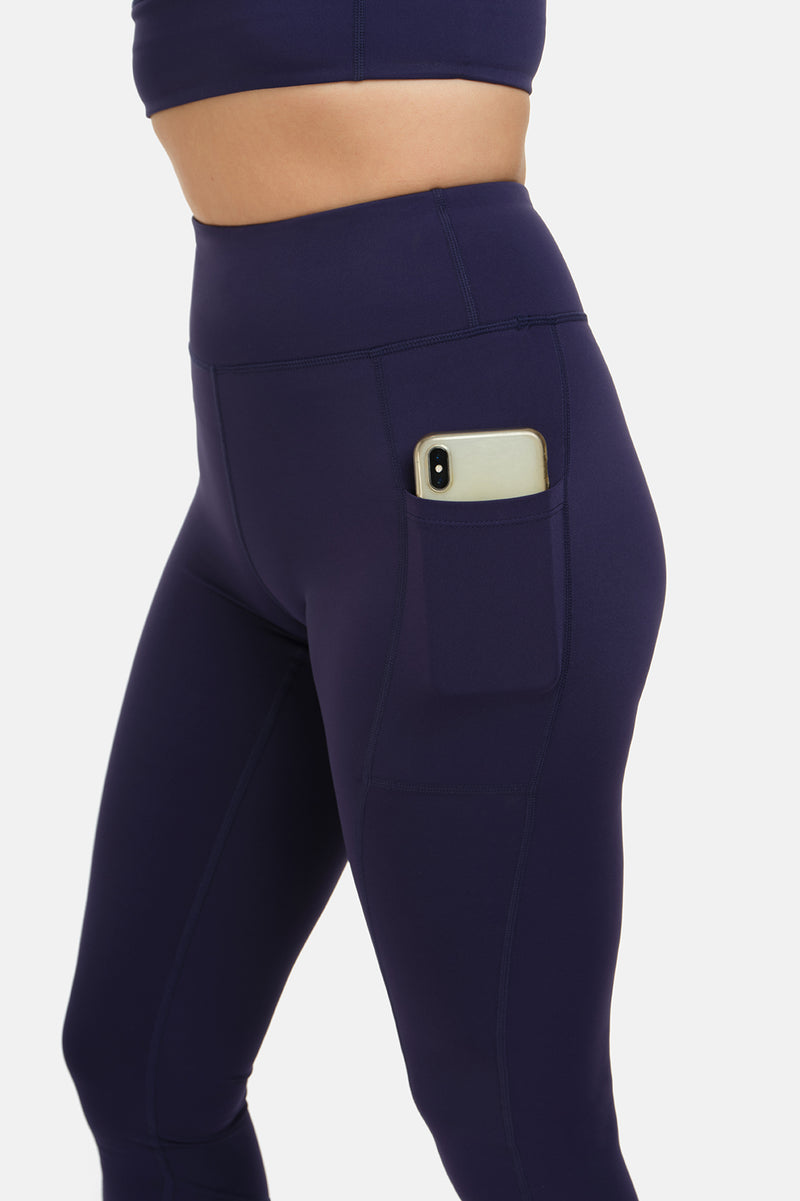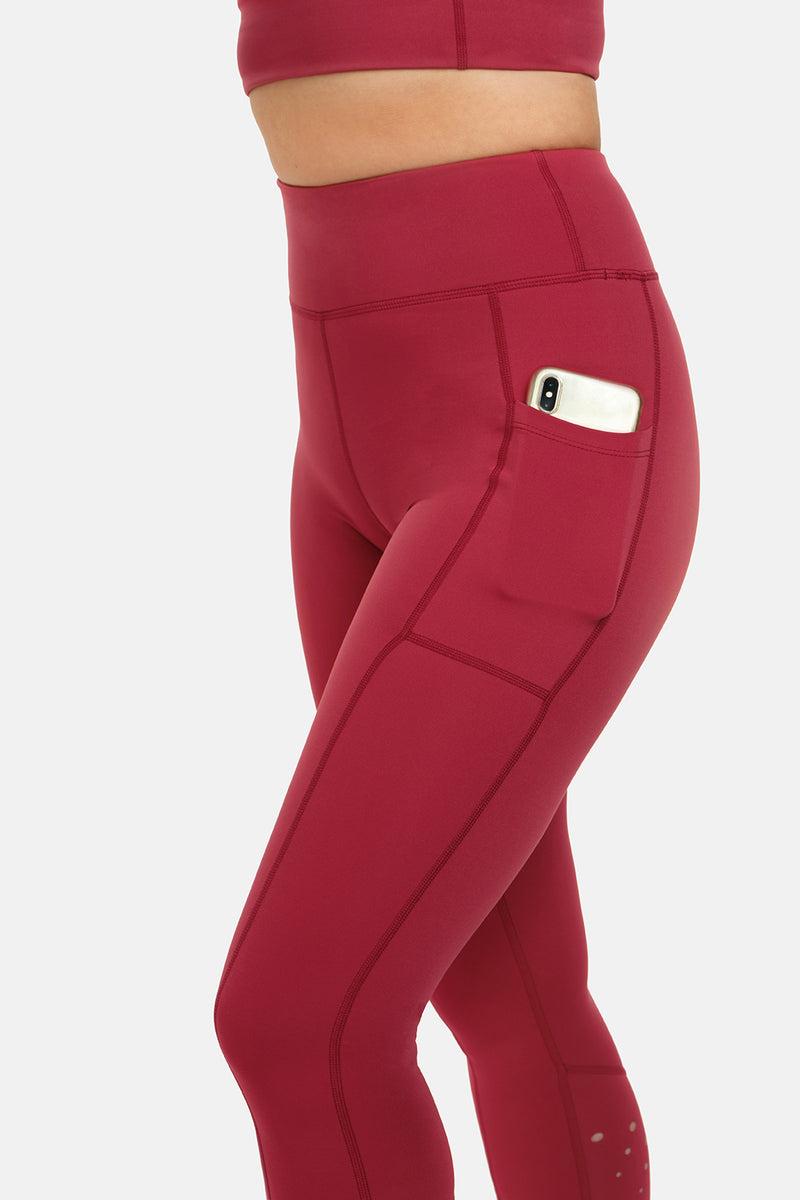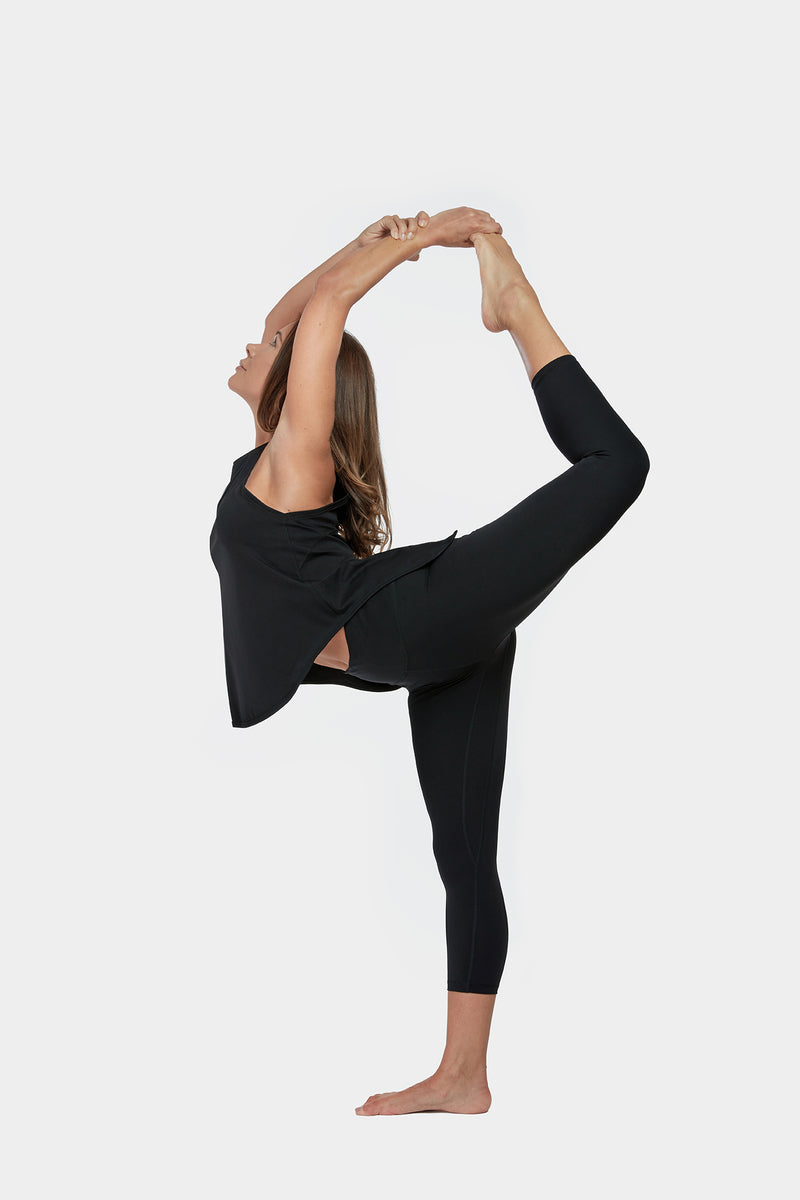DIY Christmas: Easy & Ethical Decorations

Oranges (one orange will make one garland)
String
Cinnamon sticks
Cloves (optional – but they do look pretty)
Chopstick or skewer
First slice your orange into pieces that are around half a centimetre thick. The thinner the slices, the quicker the drying time.
Next, make a hole in the top of each slice with a chopstick. You can use a skewer but we found that the chopstick made a bigger hole which was easier to thread.
Once you’ve made a hole in each slice, put them on a wire rack. A baking tray would work but it’s more effective when they can be heated evenly. Put them in the oven at 60* for up to five hours (if you’re slow roasting any festive treats then take the chance to cook your oranges at the same time).
Take them out once they’re no longer juicy and are as dry as possible. Leave them on the wire rack overnight to continue to dry.
Now to construct your garland and decorate. Push the cloves in a decorative pattern around the edges of the slices. It looks great when you can alternate decorated slices and undecorated.
Thread the string through the first slice, in the hole you made earlier, and tie a knot. Then repeat this process leaving space between each one to change the length of the garland. Tie in cinnamon sticks in between the slices and you're done.

Make your own wrapping paper
So much paper is wasted at Christmas each year as it’s eagerly torn off and put straight into the bin – recycling if we’re lucky. Reduce the waste this year by creating your own using recycled or scrap paper. Save newsprint throughout to reuse and wrap your gifts or buy a roll of recycled parcel paper and print it yourself.
To make print your own you will need
Recycled parcel paper
Small potatoes
Paint or vegetable ink
Small dish or plate
Knife for carving
Pen/pencil for marking shape
Rosemary / foraged leaves and berries
Start by doing some research into the pattern you want to make. You can personalise each sheet to each person you’re gifting to. Pinterest is great to get some ideas.
Once you’ve got your patterns you’ll need to carve out the stamps into potatoes. Take a potato and cut it in half. This will now make two stamps.
Try to dry out the top of each slice as much as possible with a towel and then etch in your shape with a pen or pencil. Geometric shapes are easier to carve out.
Take a knife and carefully carve out the shape. You want to make sure that when you stamp it, the only part of the potato that touches the paper is the shape that you’ve carved.
Lay out the sheet of paper that you want to wrap with. You could cut the shape to the present first or print the entire roll if you know you’ll be using it all.
You might need to dry out the stamp a little more now if it has become wet again. This is important before we start stamping.
Put some of your paint or vegetable ink into a small dish and press your stamp into it. It’s a good idea to do a few practise prints to make sure you get the right amount of pressure and ink.
Now start stamping and create your pattern. Leave the paper to dry for about 20 minutes and then you’re ready to start wrapping.
To avoid sticky tape, tie the present up with string and add some foraged sprigs and berries for an extra festive touch.

Fabric wrap your gifts
An alternative to paper wrapping is the Japanese Furoshiki. This is a traditional art of fabric wrapping and the fabric used is intended to be reused for future gifts.
There are lots of different techniques and knots that you can learn but here is a simple method you can use. All you need is a square piece of fabric.
You can work out how big you need it to be by placing the gift in the middle and roughly bringing up all of the corners together and making sure that there’s enough to tie. This is a great use of any scrap fabric you might have – old tablecloths, t-shirts, tote bags etc.
If you’re using plain fabric and want to decorate it, you can use the same technique that we used for the printed paper wrapping and then leave it to dry for 30 minutes.
Once you have the fabric prepared, place the gift in the center.
Take two opposite corners and tie them over the top of the present.
Take the other two corners and tie them over the top of the first knot.
The take the first two corners again and tie them over the top of the second knot.
And it’s that simple! You can add sprigs or berries to it too.
Make sure to leave a little note inside to encourage the person to reuse the fabric and pass it on.

Place Settings
The key to this styling is layering different patterns and textures. Use scrap hessian fabric and folded it into a table runner that can run along all of the places along the table.
We used a wooden serving plate, which acts as a placemat – but it could later be used to serve up some fancy desserts or cheese boards.
We then placed our dinner plate on top and added another folded piece of hessian in the center. You can use whatever scrap fabric you have. The beauty of this set up is that they don’t all need to match. You can use miss-matching dinnerware and it’ll still look styled and put together. You can then put the side plate on top of the fabric.
We rolled up a napkin and tied it with string and placed this on top of the side plate.
Tuck foraged springs, berries or the dried orange slices you made for the garland into the napkin for the finishing touch. We used sage leaves, a dried orange slice with cloves, a cinnamon stick and a sprig of rosemary.



